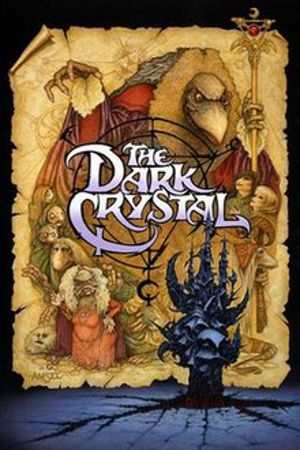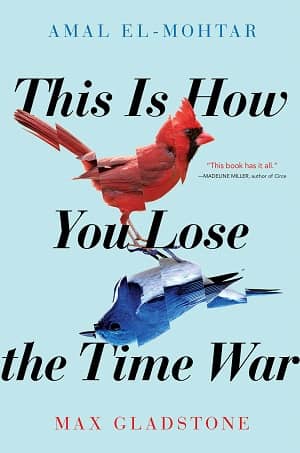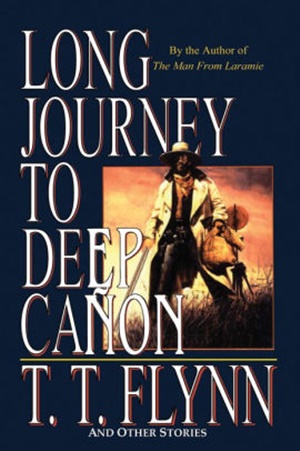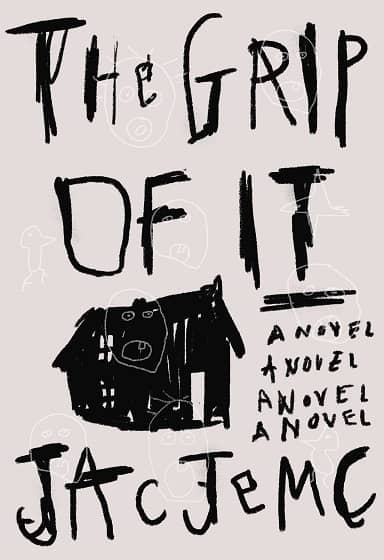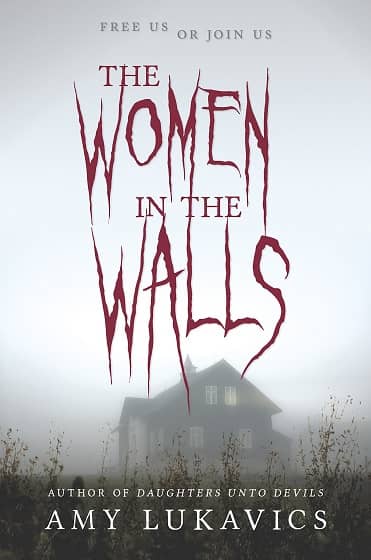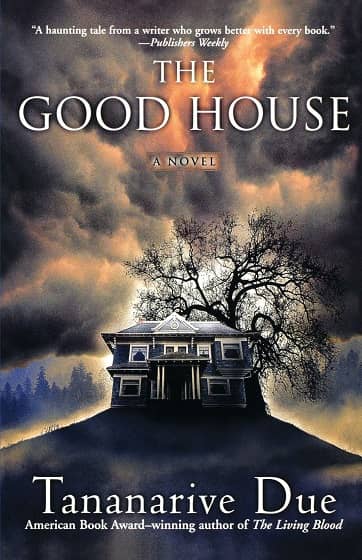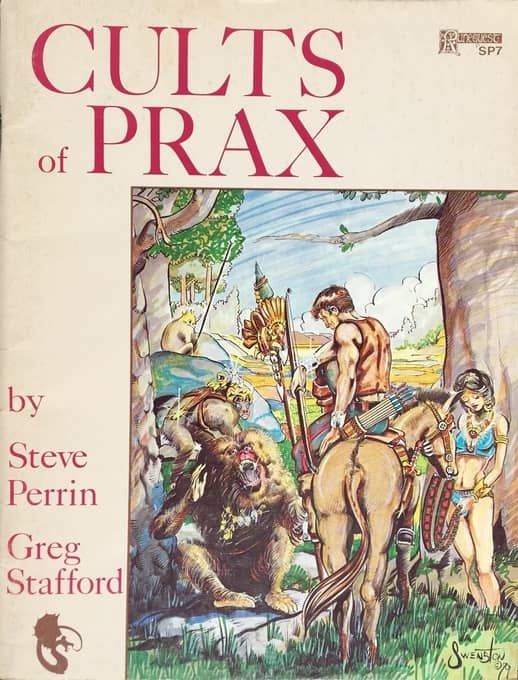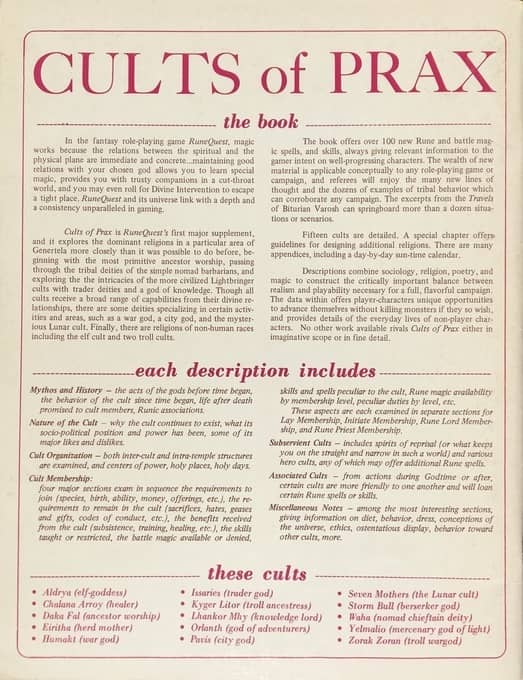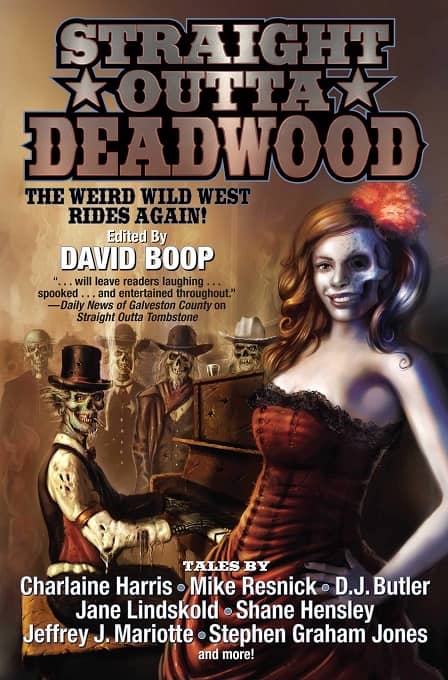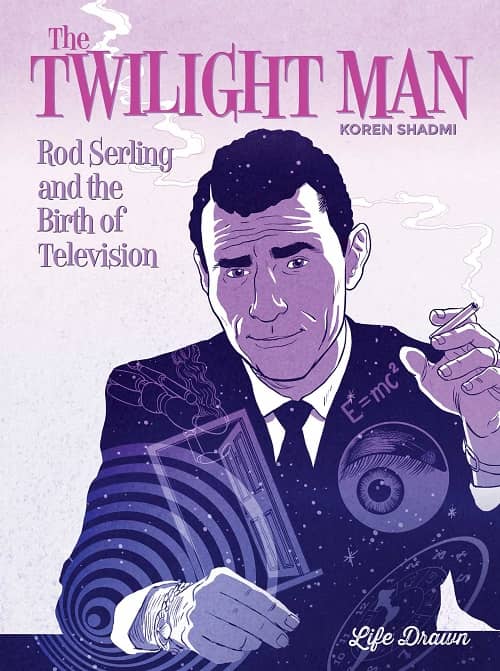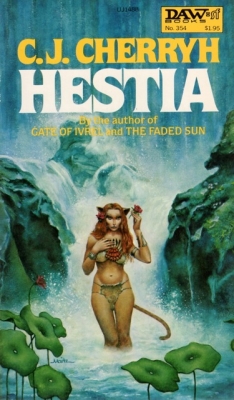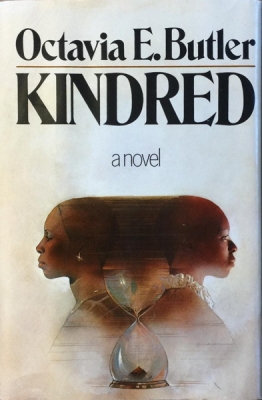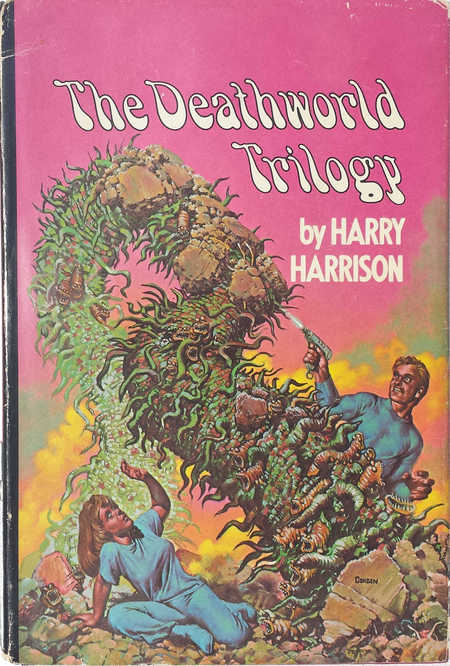Vintage Treasures: Through the Heart by Richard Grant
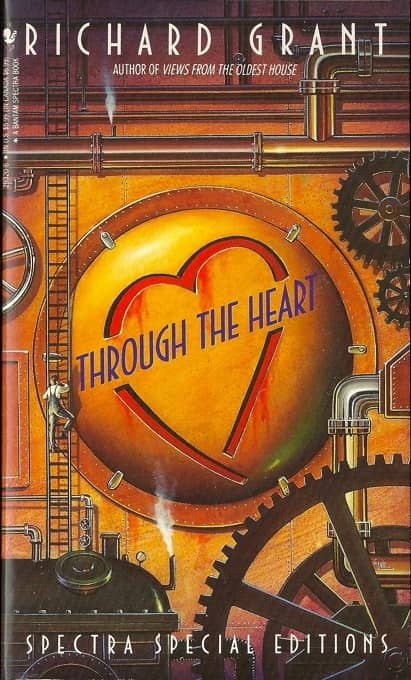 |
 |
Through the Heart (Bantam Spectra, 1992). Cover by Wil Cormier
When I think of Richard Grant I usually think of his high-profile 80s novels, his Philip K. Dick Award-nominated debut Saraband of Lost Time (1985), the minor classic Rumors of Spring (1986), and the post-holocaust Views from the Oldest House (1989). The last two were published by Bantam Spectra and went a long way towards cementing Grant’s reputation as a modern fantasy master.
So I was surprised to discover a Grant novel I’d never heard of on eBay a while back. I was even more surprised to discover it’s perhaps his most acclaimed book — his only novel to win a major award, the Philip K. Dick (beating out Colin Greenland’s Take Back Plenty, and Æstival Tide by Elizabeth Hand, whom he was living with at the time). I bought it immediately — for a measly $2.50 — and it arrived last month, and it’s been pulsing powerfully on my TBR pile ever since. Despite being perhaps his most celebrated work, it doesn’t seem to have made much of an impact with readers, vanishing pretty much without a trace. It had a single paperback edition in 1992, and that was it. No reprints; not even a digital edition. I couldn’t find a single real review online. Though I did come across this brief Goodreads review (by Nicholas Barone) that summarizes it nicely, comparing it to A Canticle for Leibowitz and Christopher Priest’s The Inverted World.
This well written book tells the story of Kem, a young nomadic boy in a dystopian future. He is traded to a place called the Oasis by his father in exchange for tools and supplies needed for the further survival of his family. The Oasis is a vast machine – a town on treads – that travels across the wastes on a yearly cycle, trading with the remnants of humanity as it goes.
As Kem investigates his new home, he begins to wonder and worry at the puzzle that is the Oasis’ reason for existing, as well as the meaning of his own existence.
The book reminded me at times of Christopher Priest’s classic The Inverted World and at other times of Walter Miller Jr’s A Canticle for Leibowitz. As I neared the end of the novel I found myself pulled more and more into the story – eager to finally piece together the puzzles uncovered by Kem in his tale. Some puzzles were solved, some were left unanswered, leaving the reader to ponder them on his own.
Through the Heart is something of a literary mystery… and I love a good literary mystery. I’ll give it a try this weekend.
Through the Heart was published by Bantam Spectra in January 1992. It is 376 pages, priced at $5.99 in paperback. There is no digital edition. The cover is by Wil Cormier. See all our recent Vintage Treasures here.
